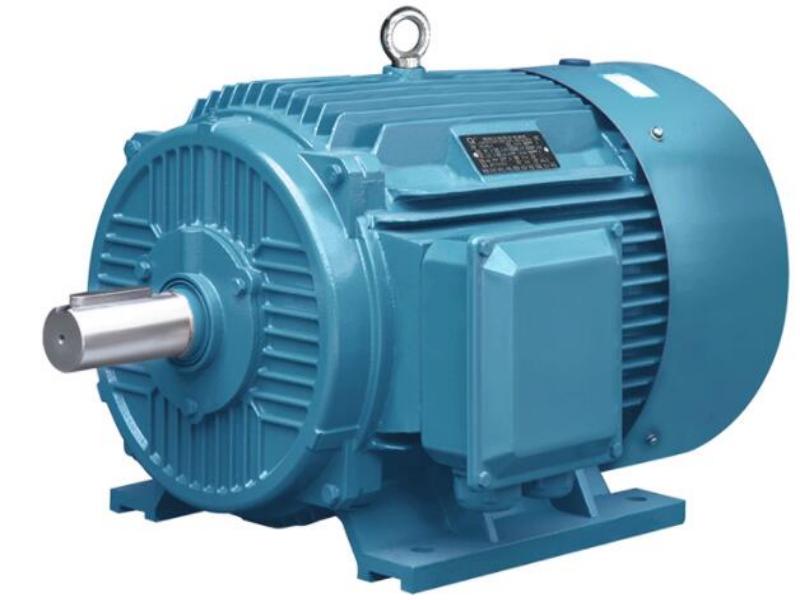Motors for air compressors
Working principle of air compressor motor
The basic working principle of an air compressor motor is to convert electrical energy into mechanical energy, thereby driving components such as pistons or impellers of the air compressor to compress air.
The operation of a motor usually involves the following steps:
Start up: When three-phase AC power is applied to the stator winding of the air compressor motor, a rotating magnetic field is generated in the air gap between the stator and rotor.
Rotating force: The interaction between the magnetic field and the rotor of the motor causes the rotor to rotate in the direction of the rotating magnetic field
Output mechanical energy: The rotation of the rotor is transmitted to the working components such as the piston and impeller of the compressor through a transmission device, driving them to perform reciprocating or rotational motion, thereby achieving compression of air and completing the conversion from electrical energy to mechanical energy and then to air pressure energy.
Choose the correct type of motor
Choose the appropriate air compressor motor according to your own needs:
Usage: For continuous or heavy work, three-phase motors are a better choice.
Power supply: Ensure that your workplace is suitable for the selected motor power supply. A three-phase motor requires a three-phase power supply.
Maintenance: Induction motors (especially three-phase motors) usually have lower maintenance requirements and can save long-term costs.
Cost: Although single-phase motors have relatively low costs, the upfront cost of three-phase motors may be higher, but the long-term efficiency of three-phase motors is higher.


Appropriate size of compressor motor
Several key factors need to be considered when selecting the appropriate. Motor size for an air compressor:
Compressor horsepower requirements:The horsepower of the motor should meet or exceed the requirements of the air compressor.
Air flow requirement: Ensure that the motor can generate airflow during operation.
Pressure rating: The motor must provide the pressure required by the equipment.
Work cycle: A compressor that operates continuously requires a motor that can run for a long time without overheating
Power supply:Common power options include single-phase and three-phase. Ensure that your power supply can accommodate the motor of your choice.
Efficiency Considerations:Search for motors with high energy efficiency levels to reduce long-term operating costs, especially in high-intensity and continuous use applications.
Environmental condition:Consider the operating environment of the compressor. Motors with special functions are required in harsh or dangerous environments, for example, motors with explosion-proof enclosures.



